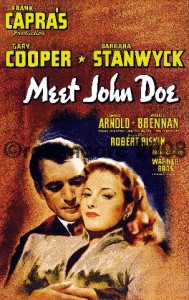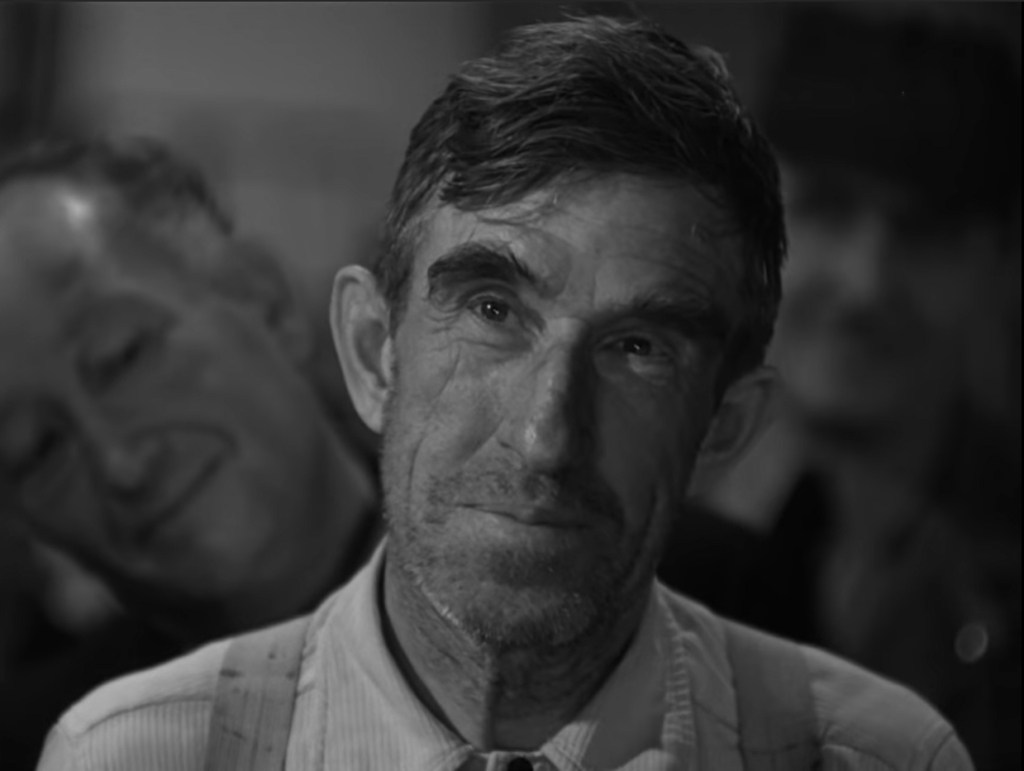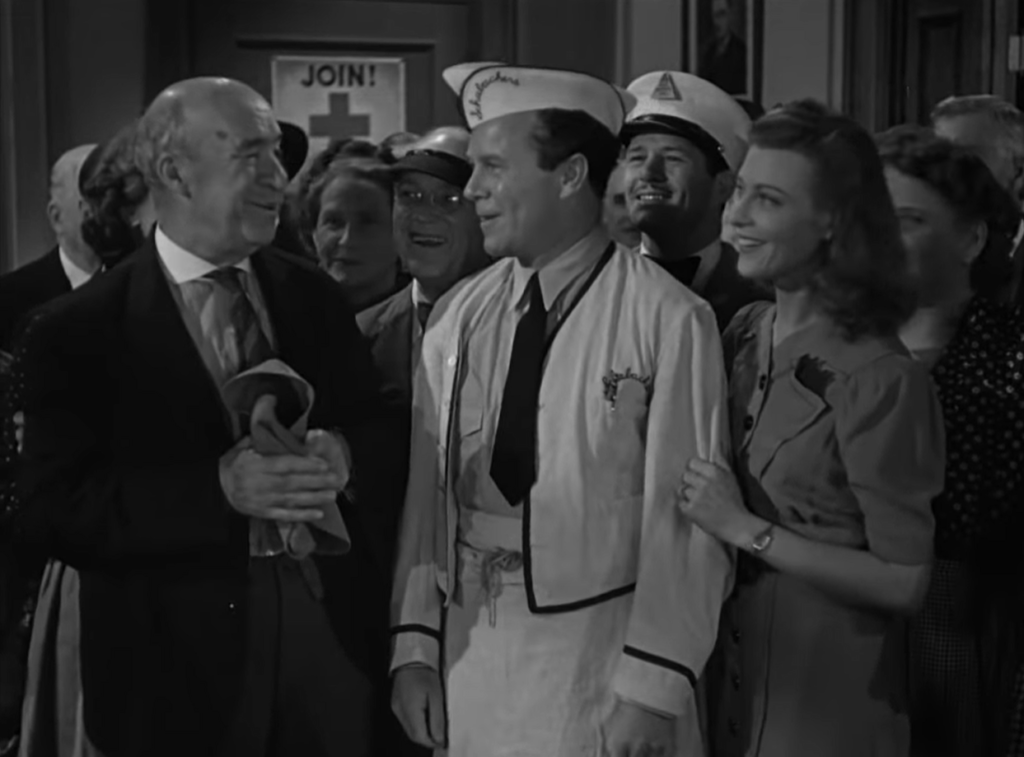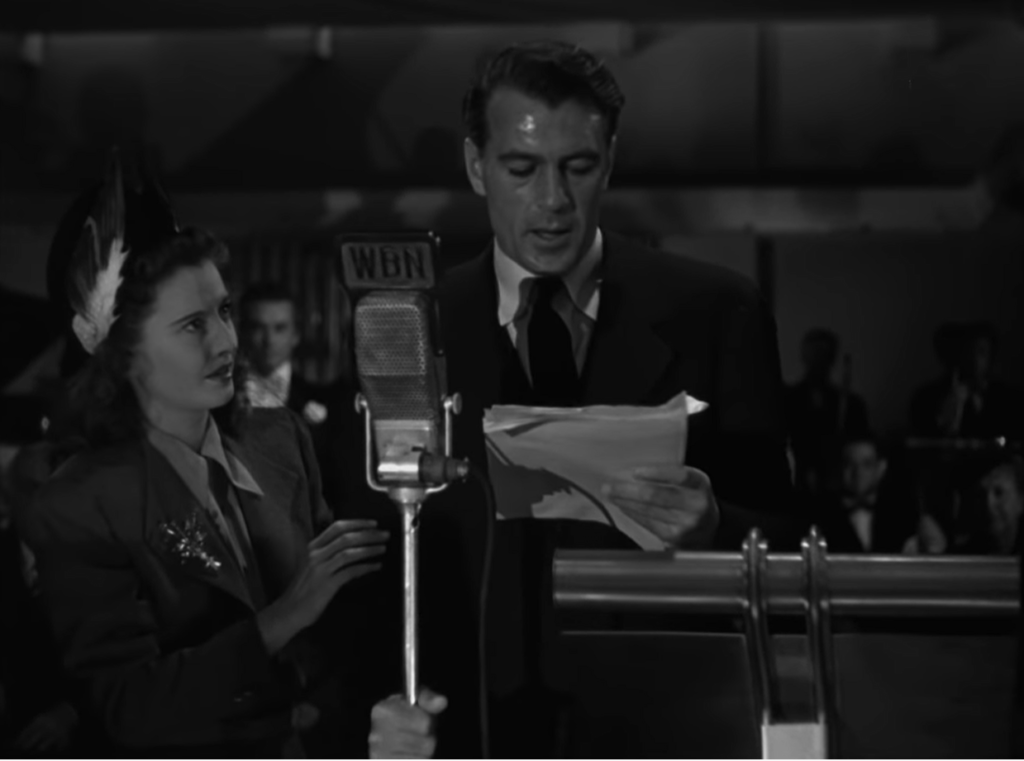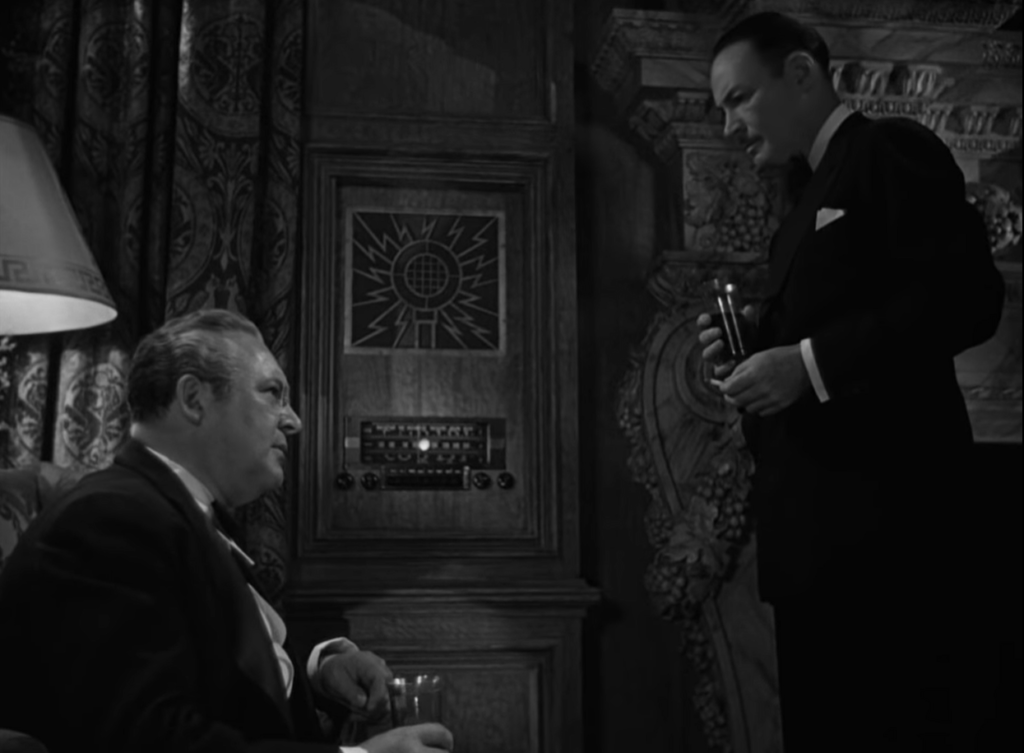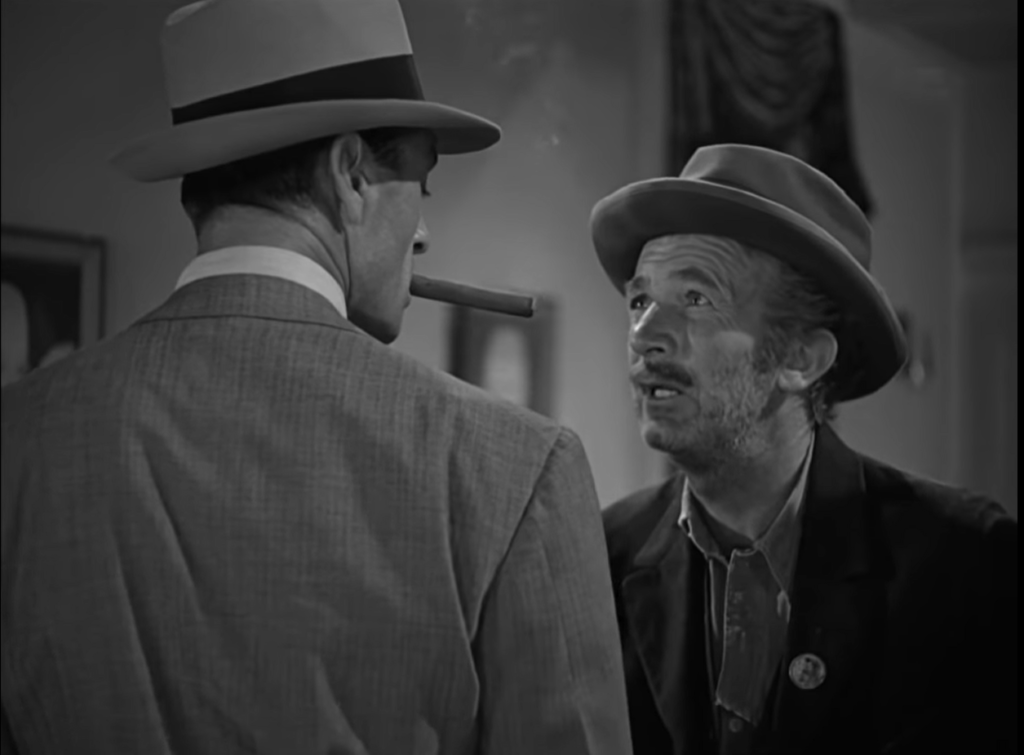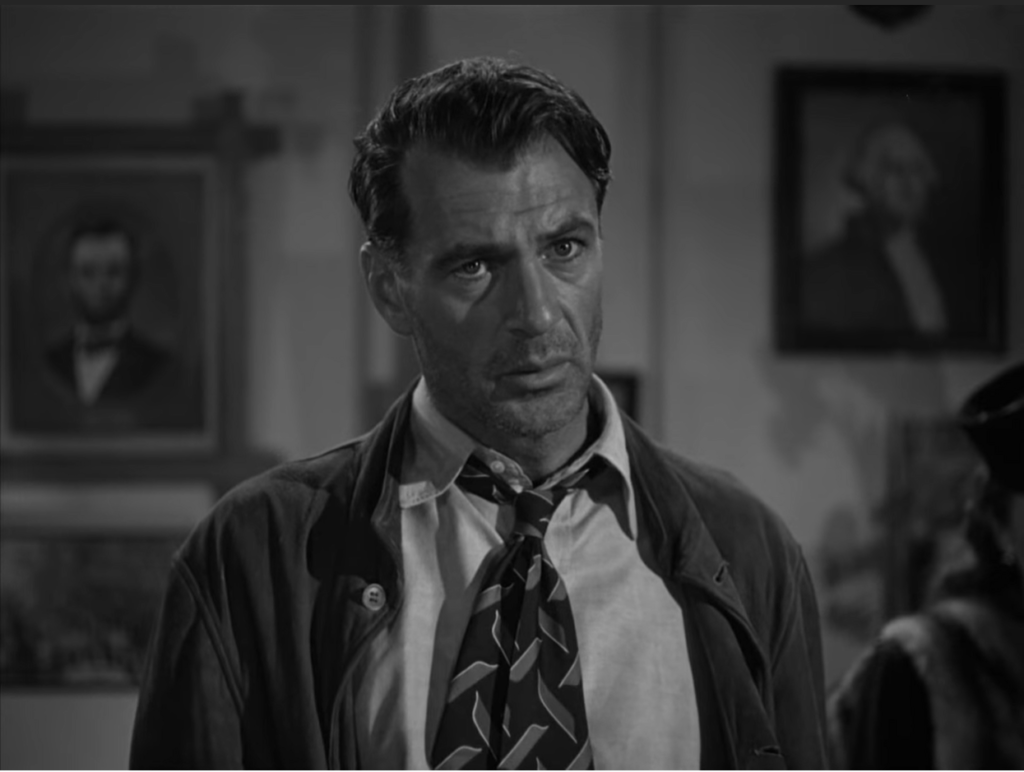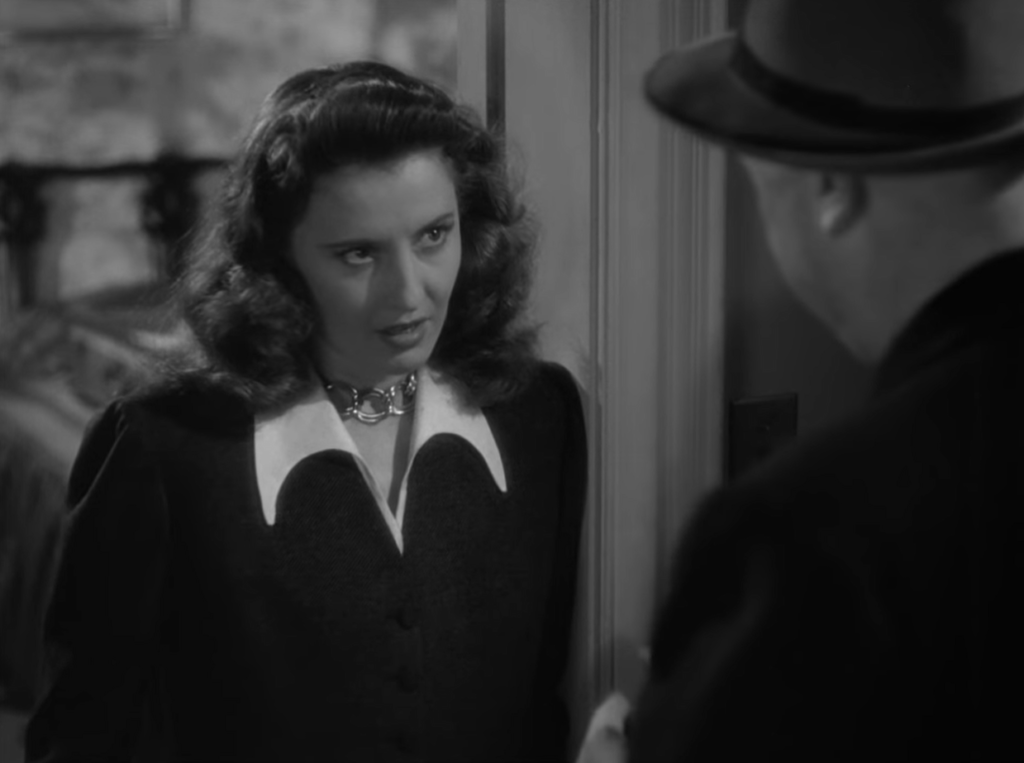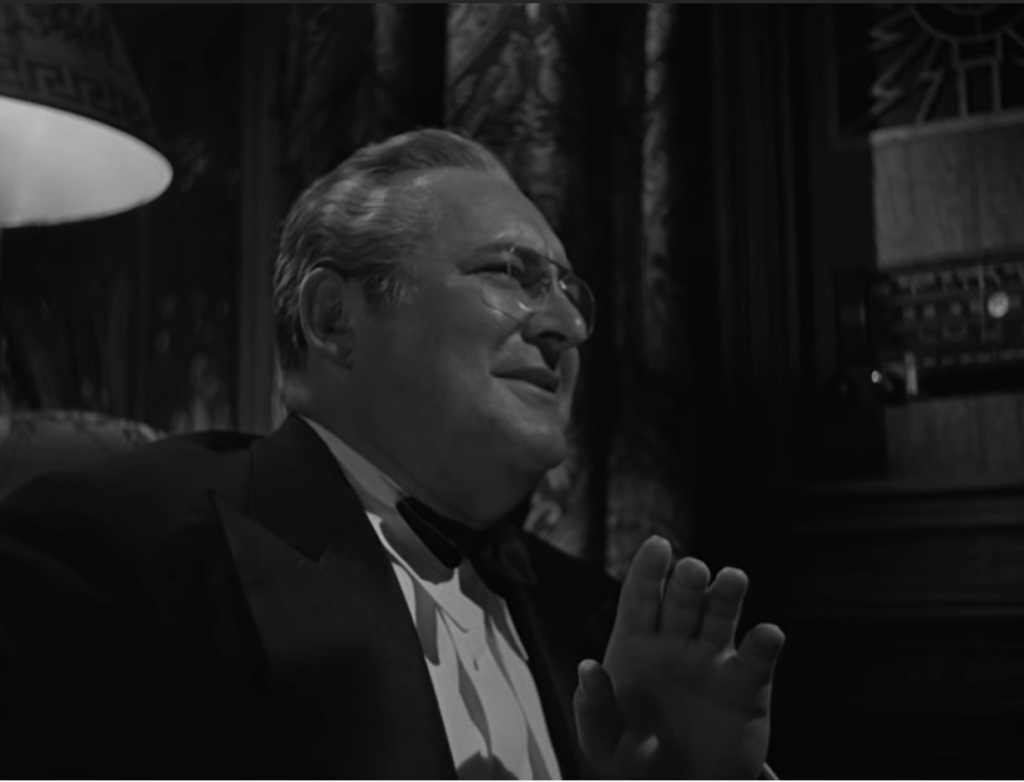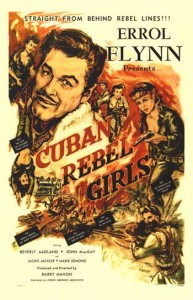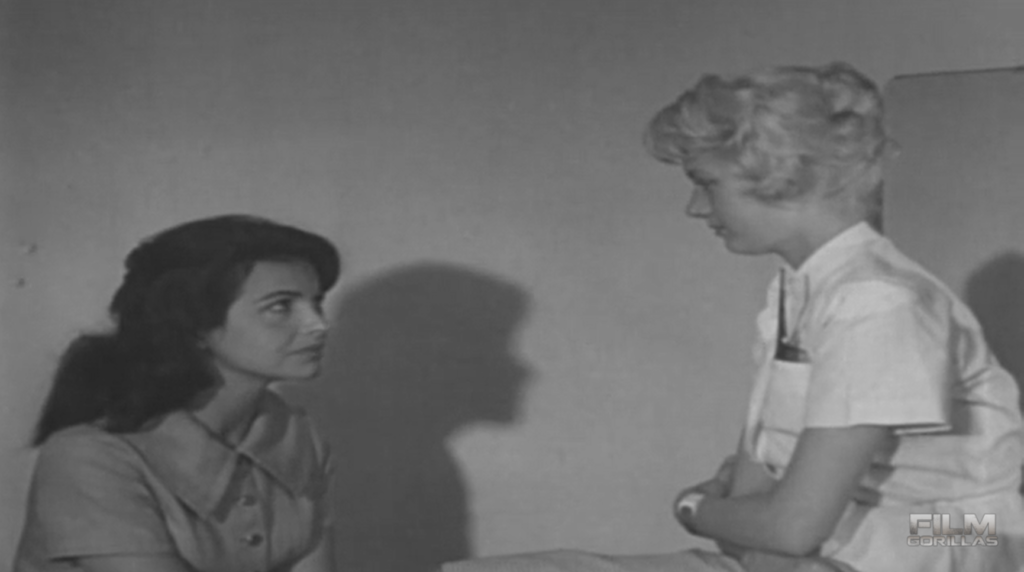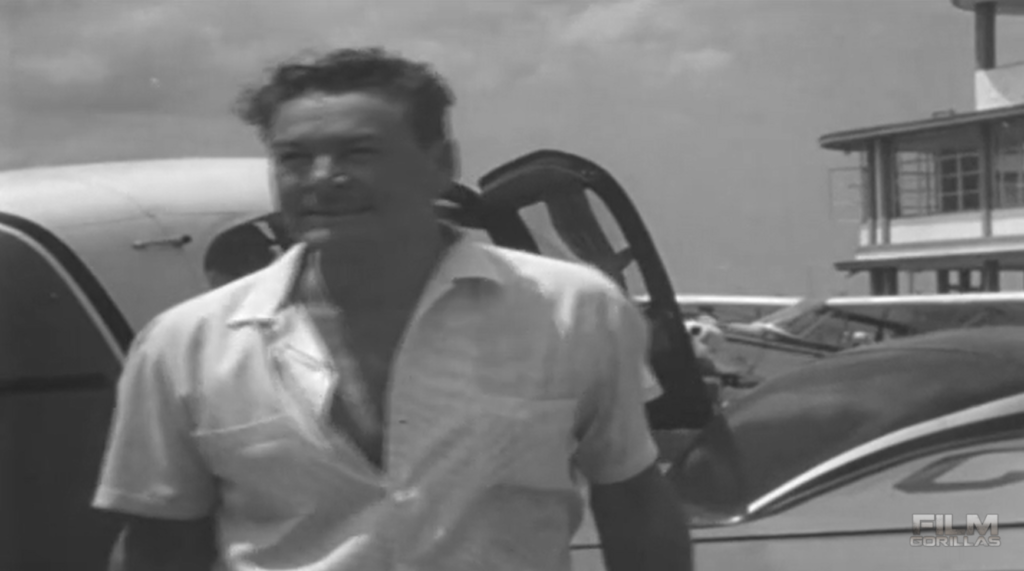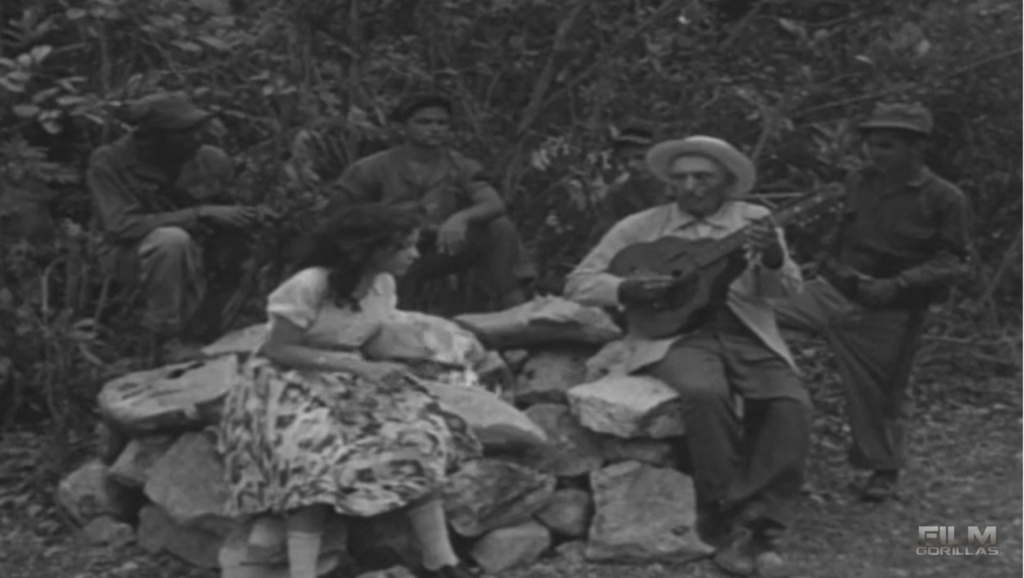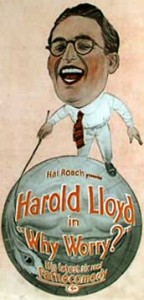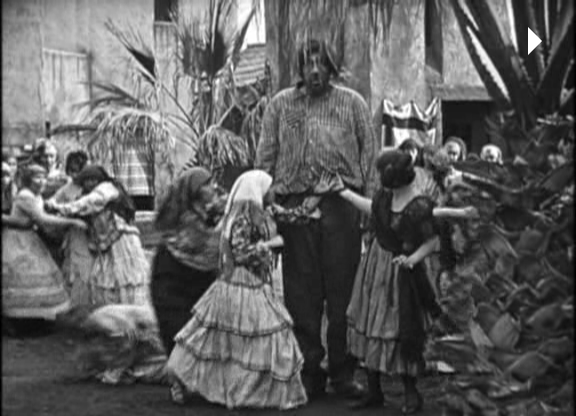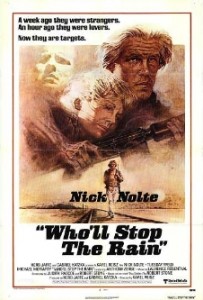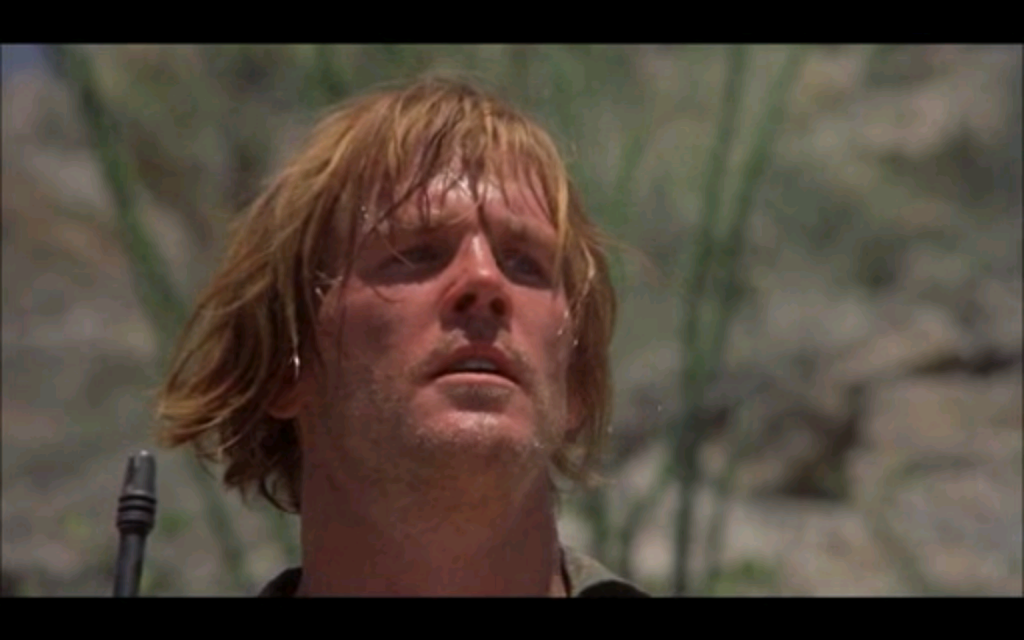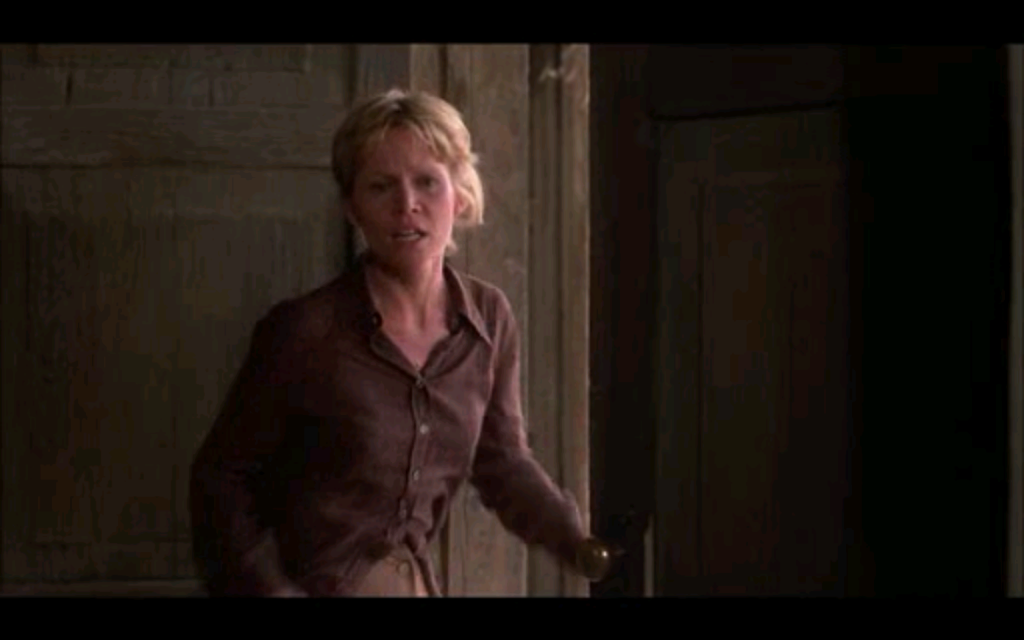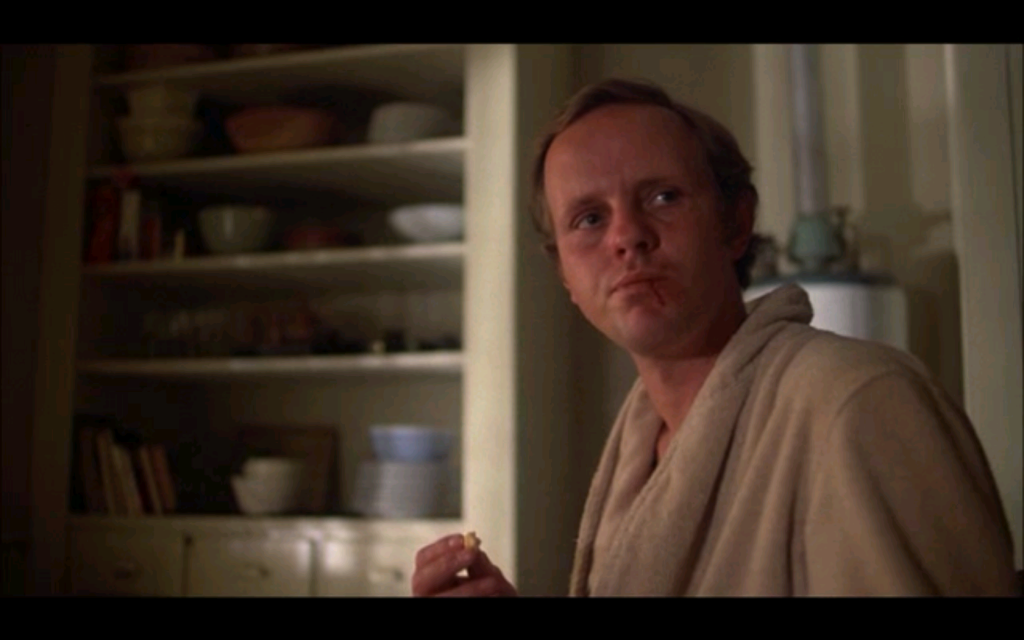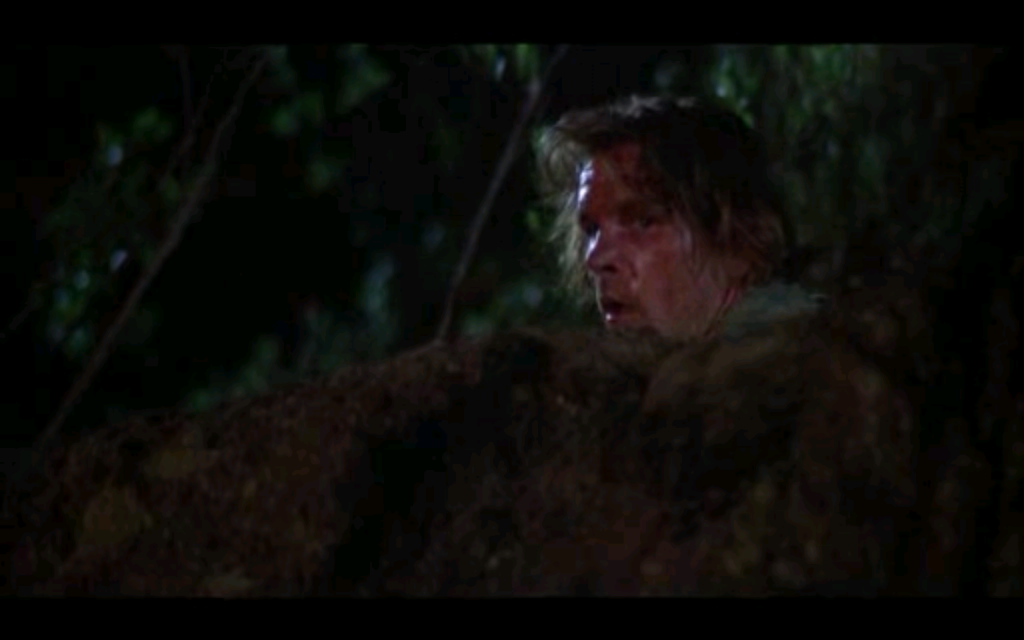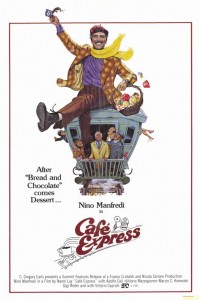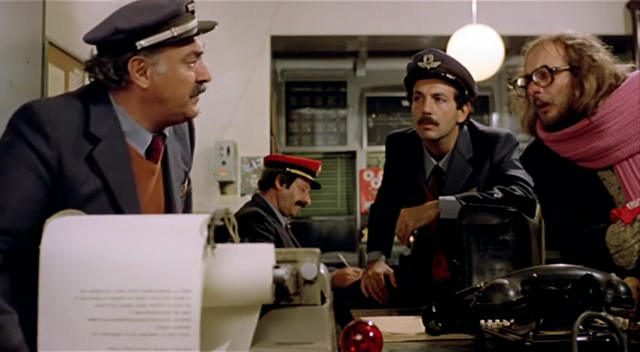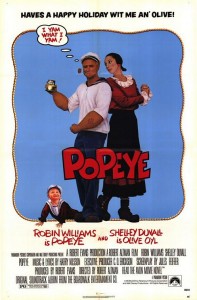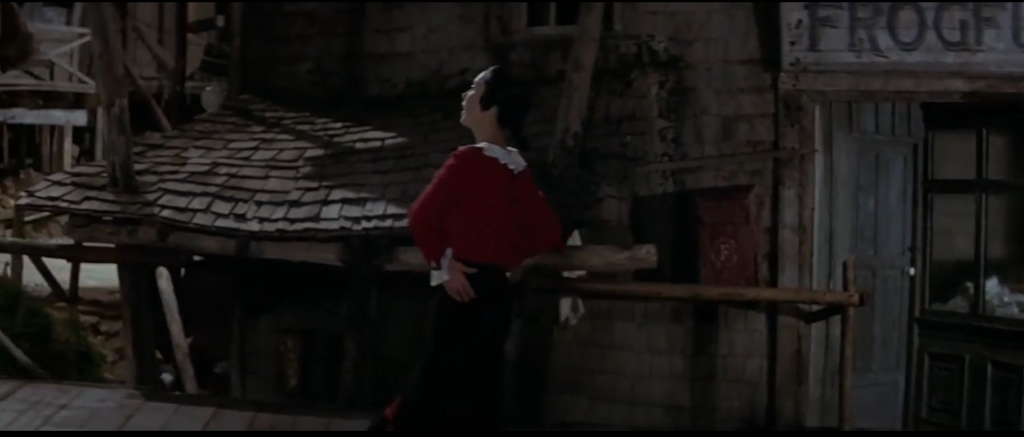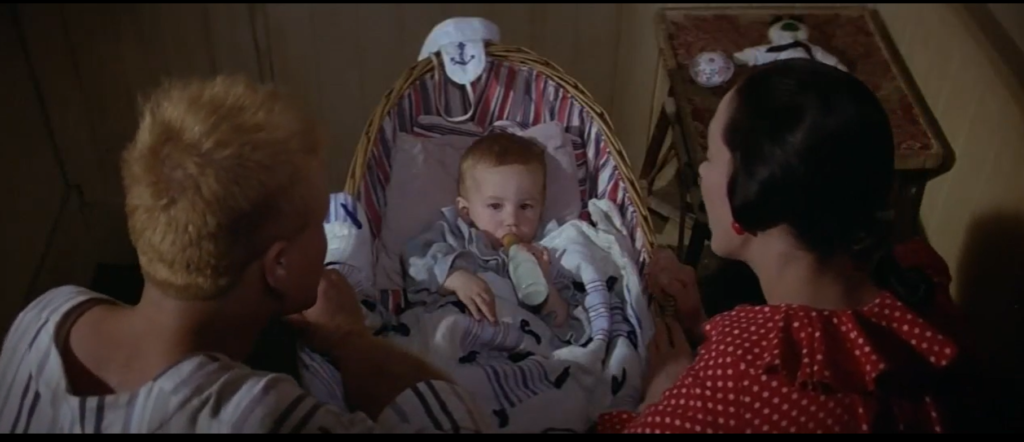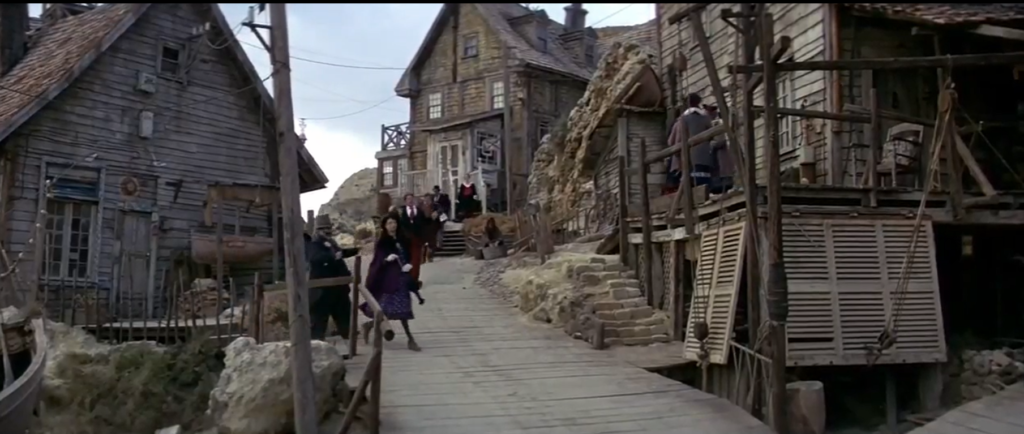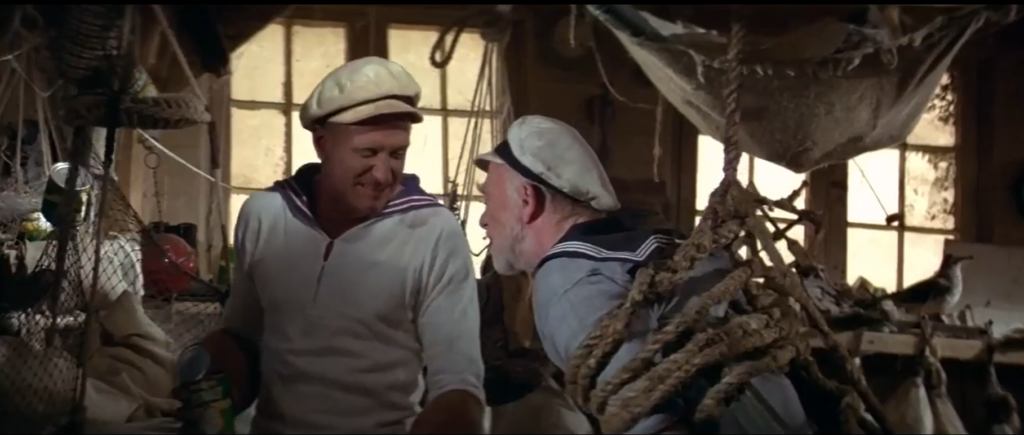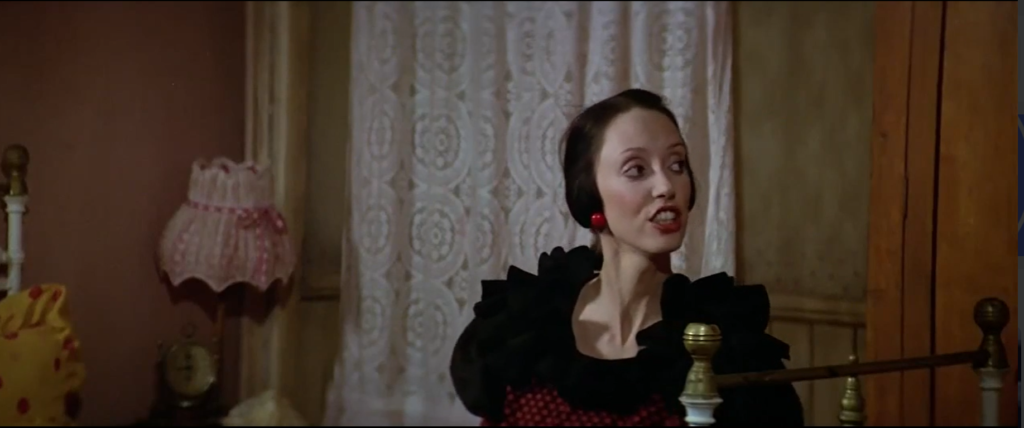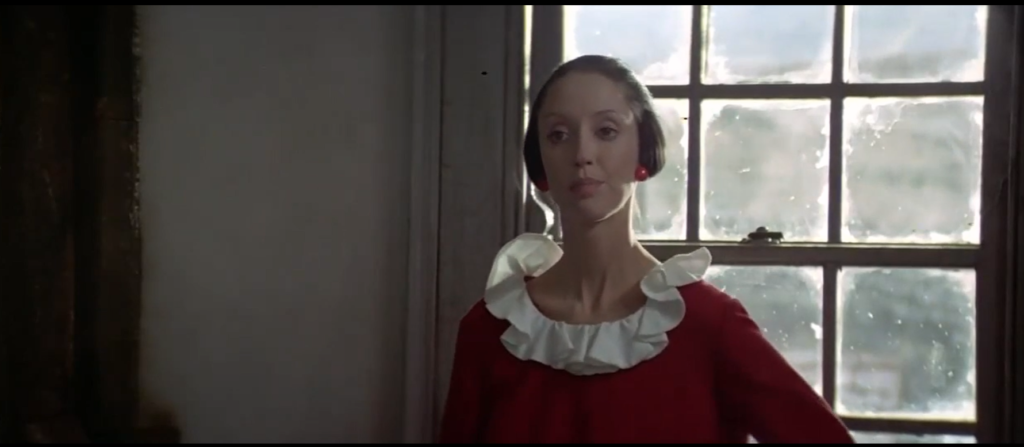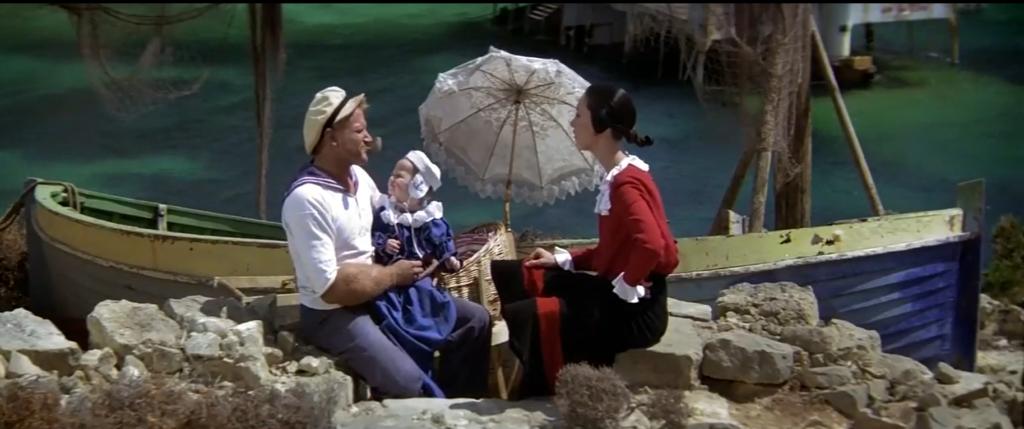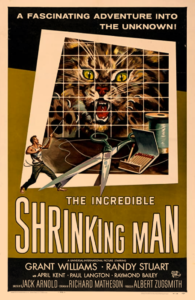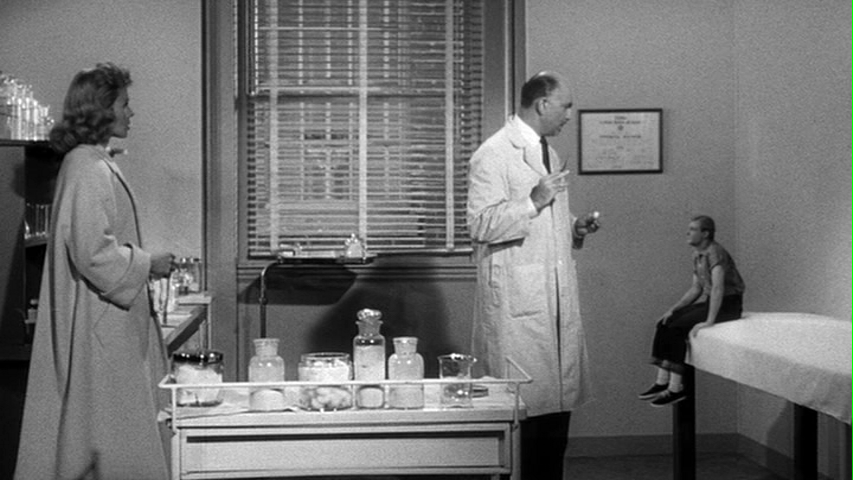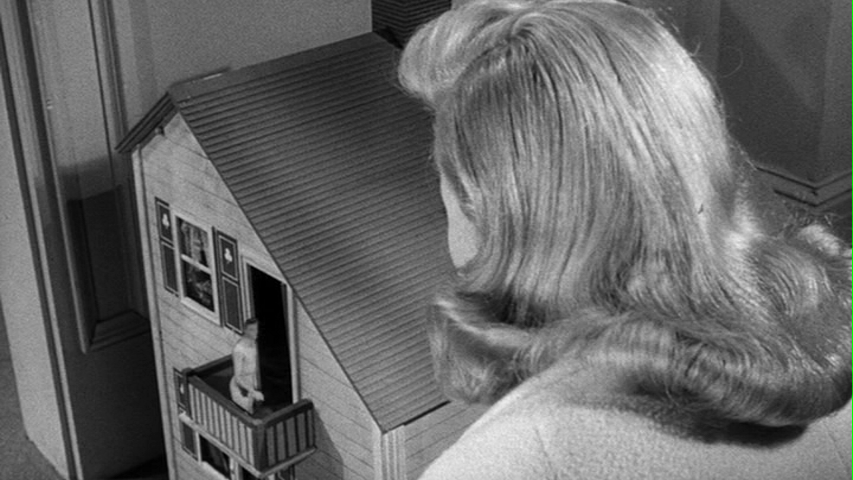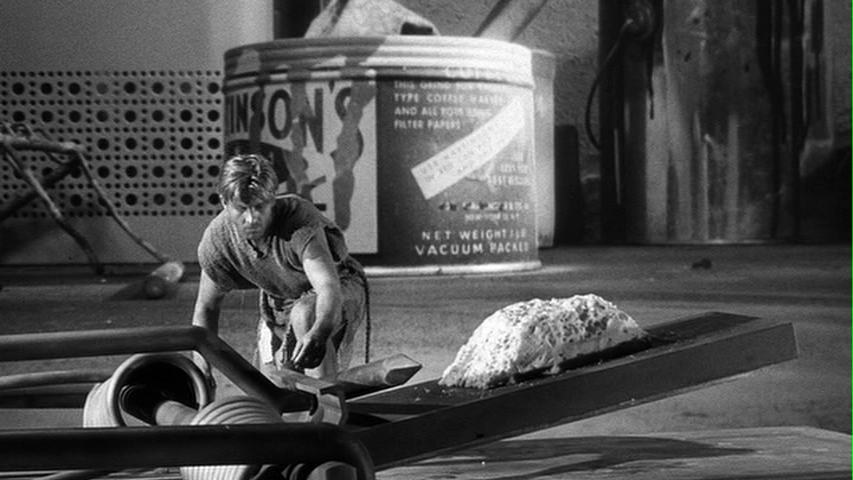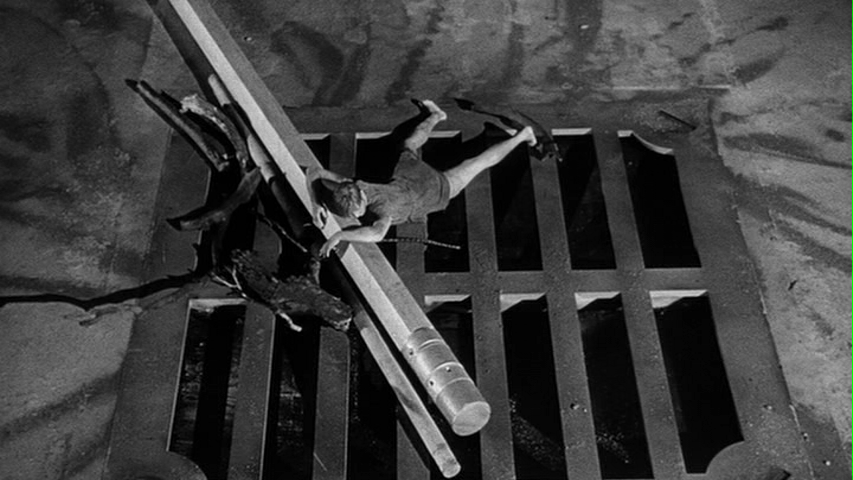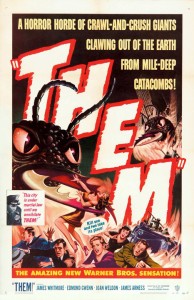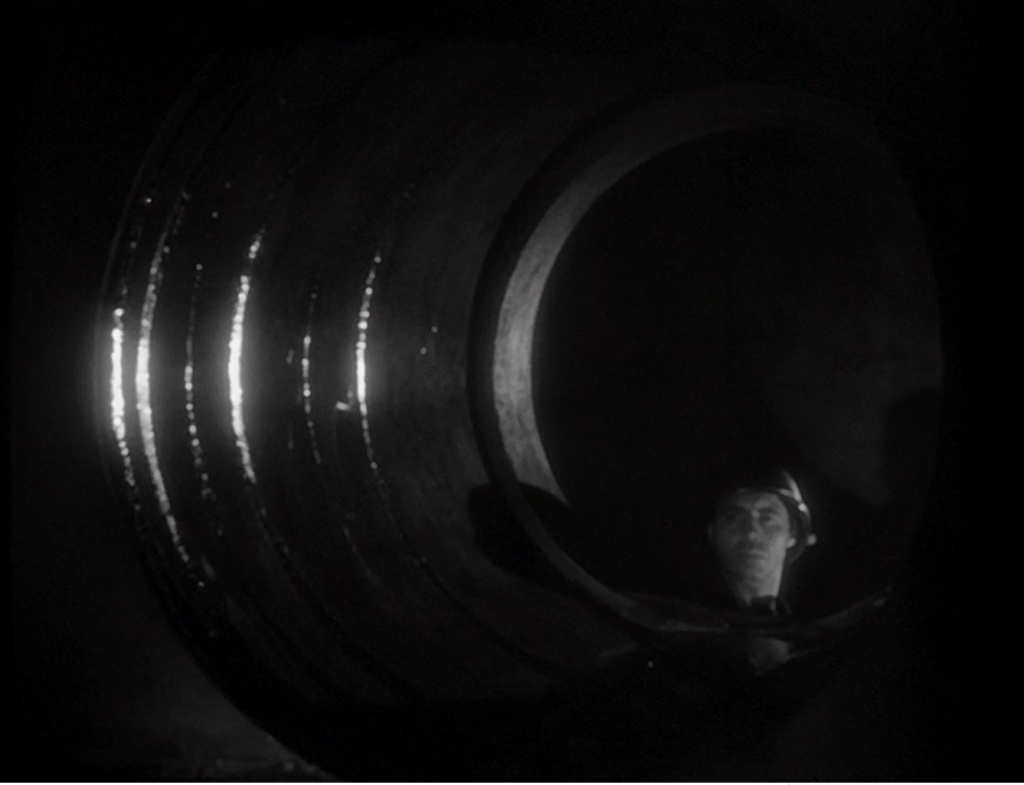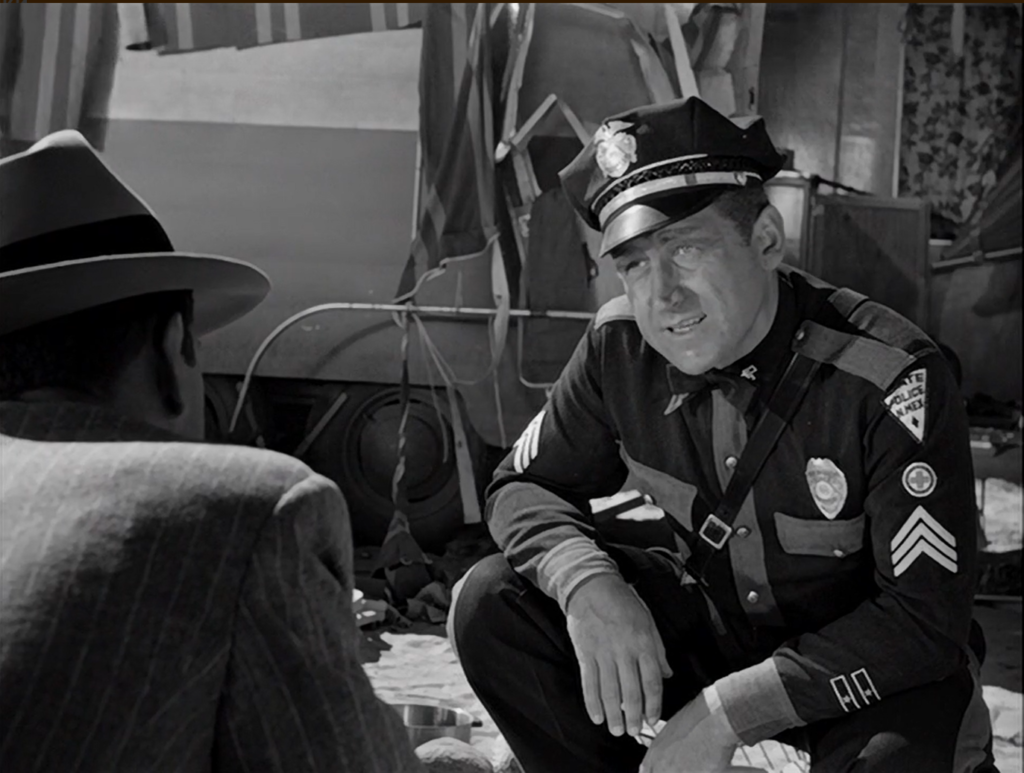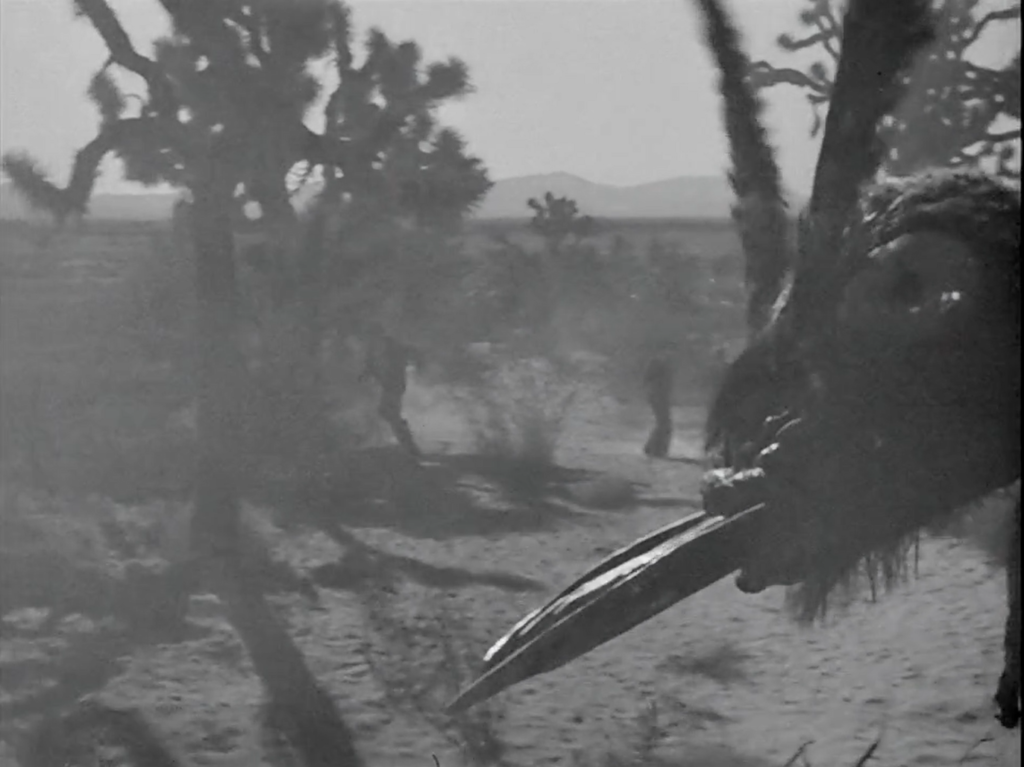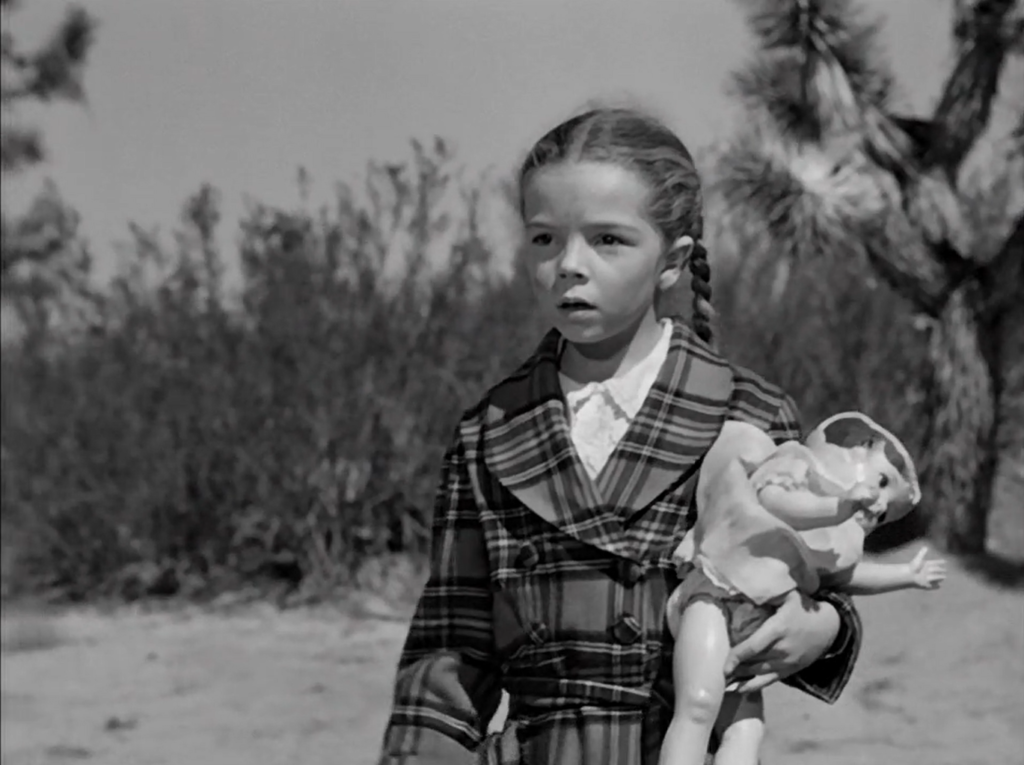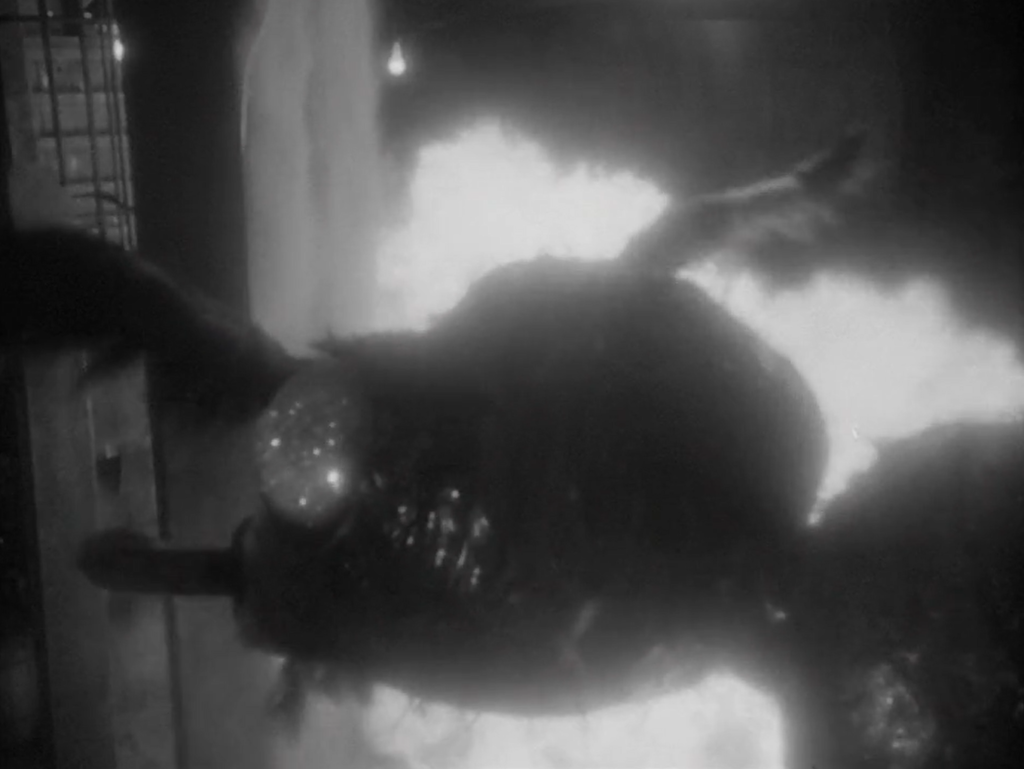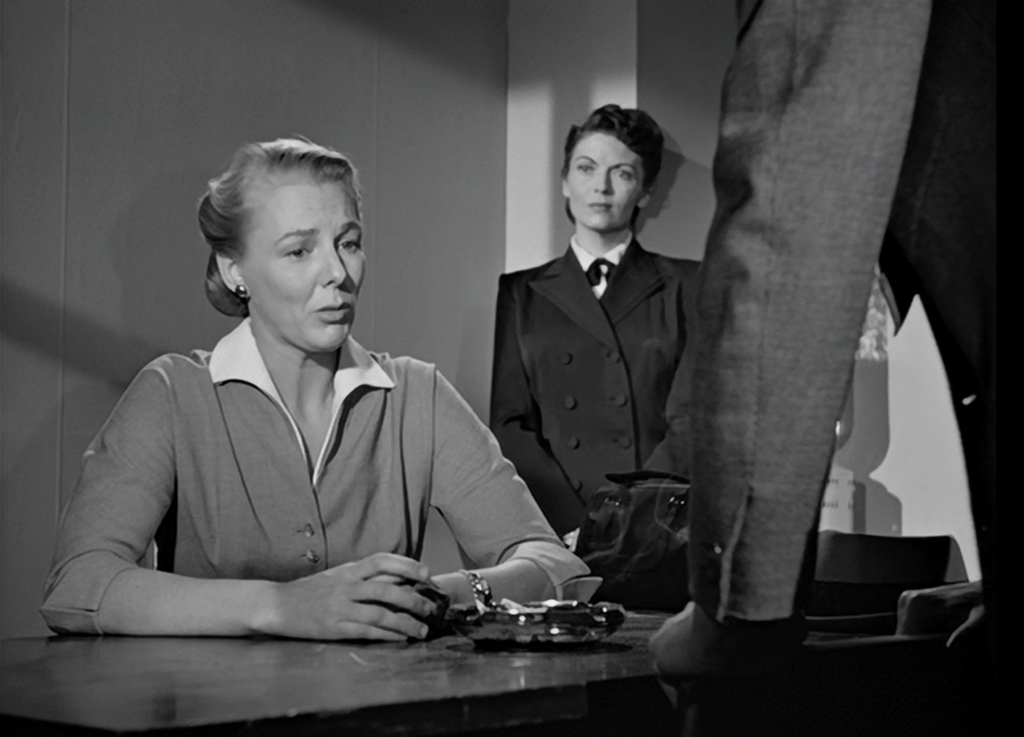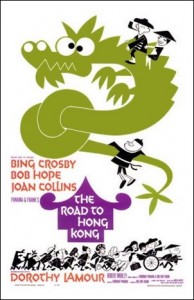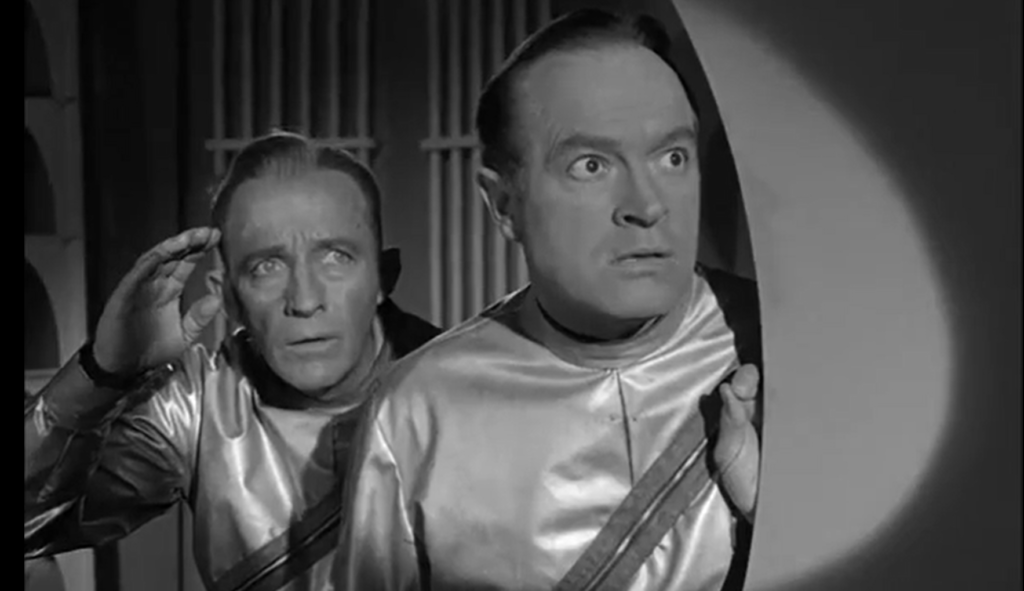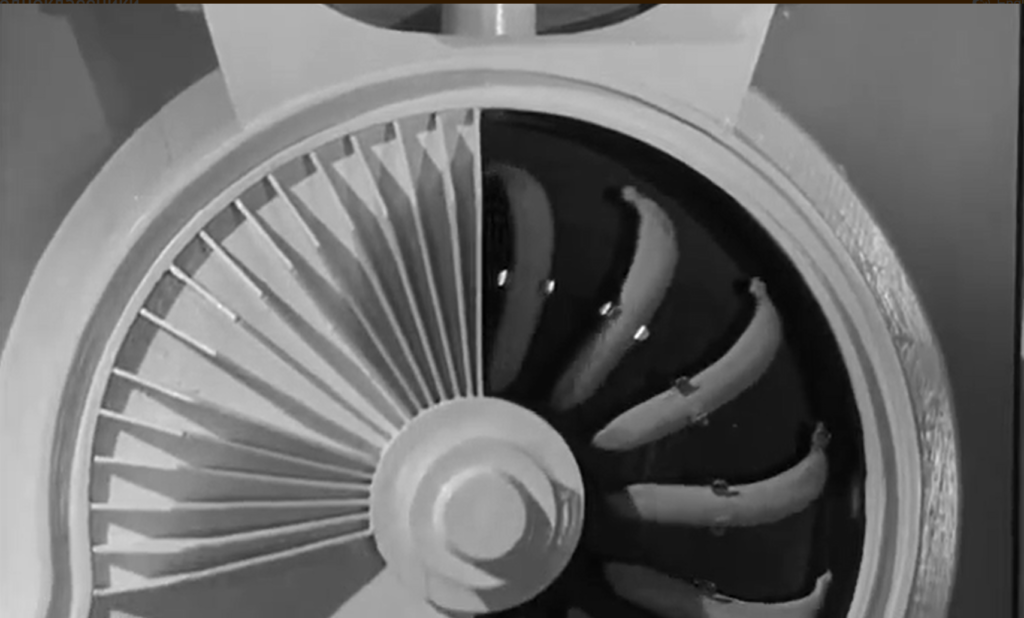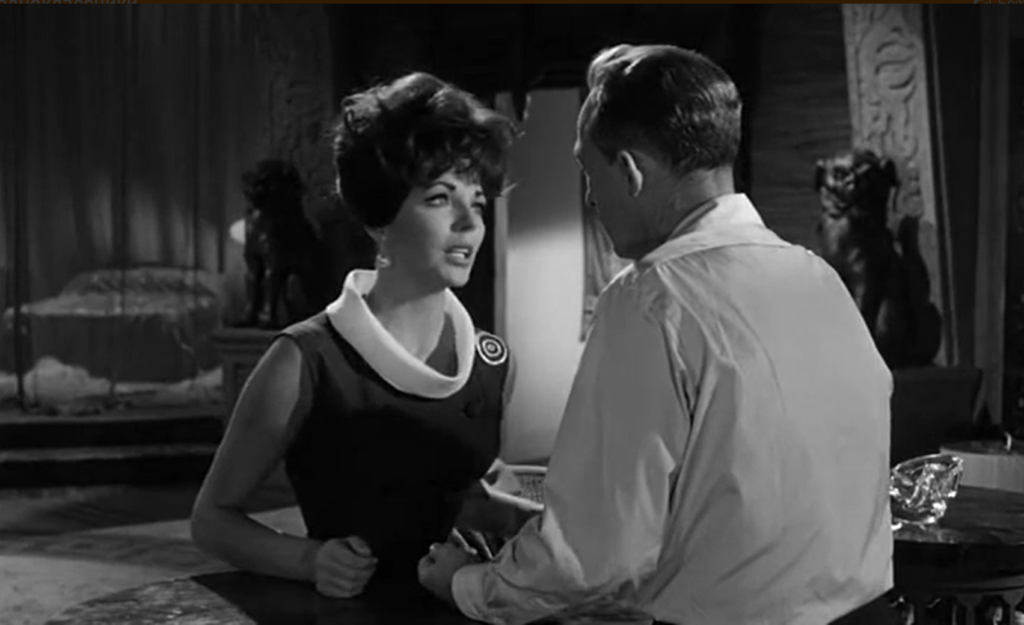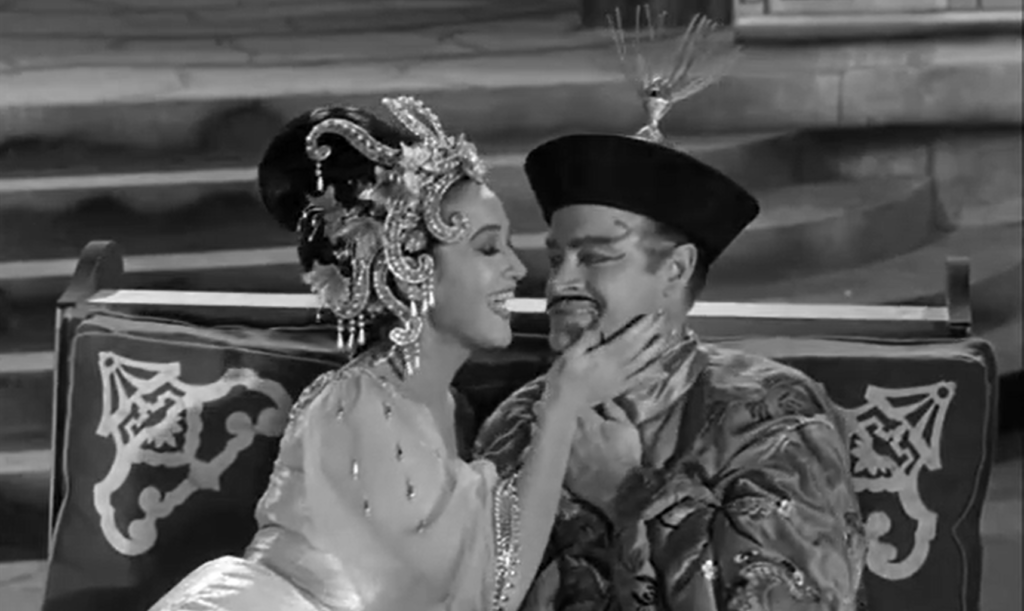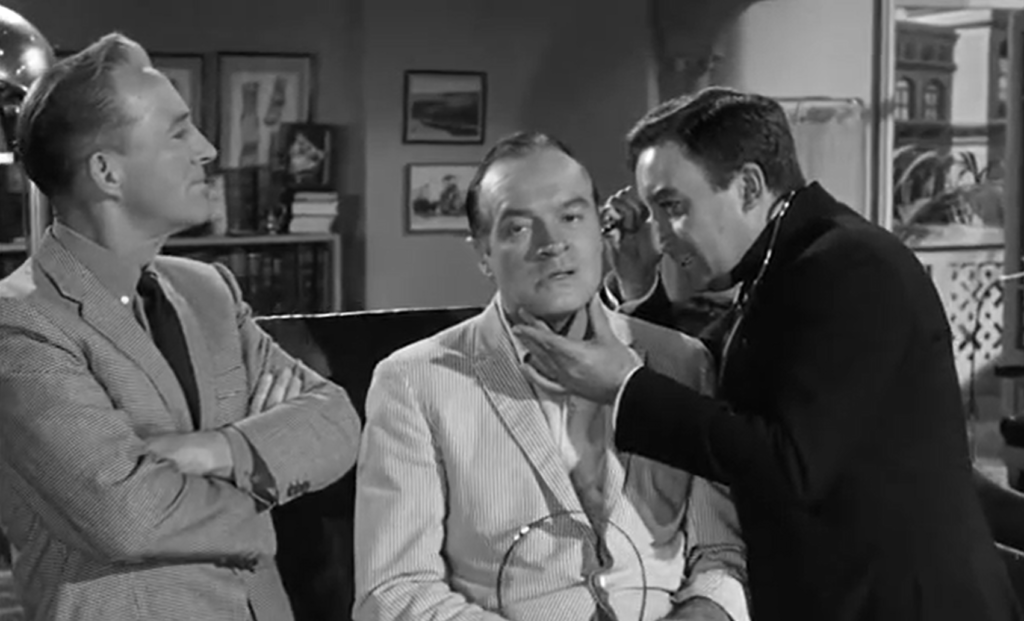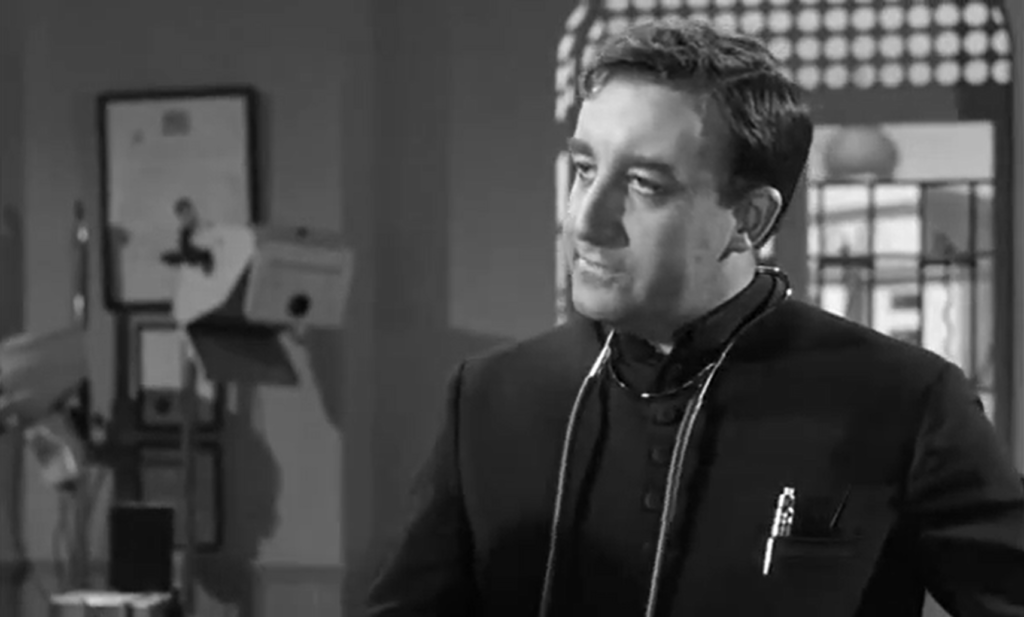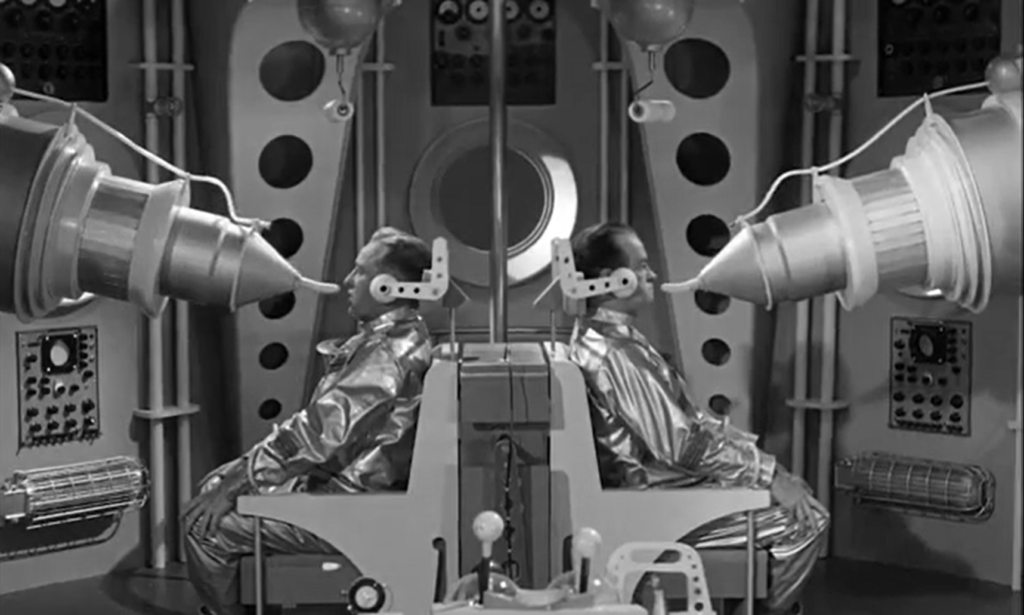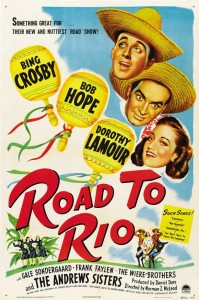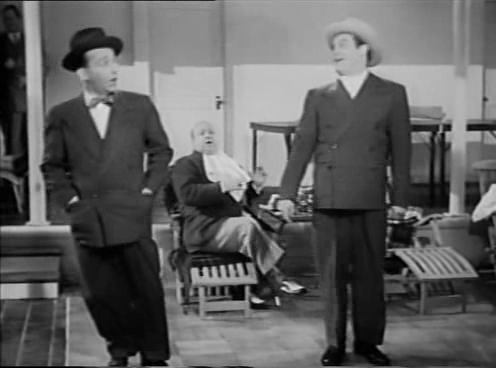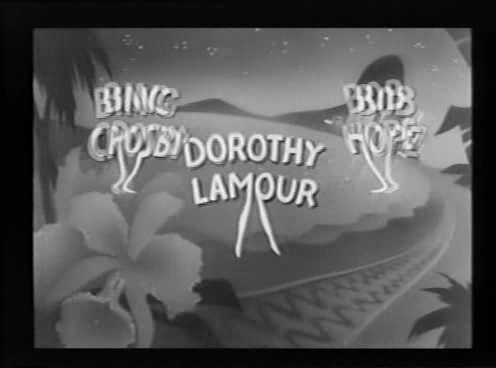Meet John Doe (1941)
“If you ask this column, the wrong people are jumping off the roofs.”
|
Synopsis: |
|
Genres, Themes, Actors, and Directors:
Response to Peary’s Review: He specifically calls out the seemingly endless “discourse” narrated by a soda jerk (Regis Toomey) about “his town’s people coming together after being inspired by John Doe’s help-your-neighbor speech” (which never rings true, not for a minute): … and notes that Cooper’s speeches “could have been delivered to a junior-high civics class” (I’ll admit to nearly falling asleep in the middle of the first interminable one). Indeed, it’s actually difficult to argue that this film IS must-see, and I went back and forth in my vote — ultimately deciding that film fanatics will probably be too curious not to check it out at least once for themselves (I’ve now seen it twice, and that’s enough for me). With that said, I do find Barbara Stanwyck’s performance to be worth a watch — though her character, as written, is somewhat inconsistently motivated (it’s difficult to believe that the daughter of two such noble parents would be willing to perpetuate such an elaborate hoax on the public), this is no fault of Stanwyck’s, and she does the best she can with her role. Meanwhile, Edward Arnold is quietly menacing as the film’s Big Baddie (he’s eerily effective, especially in earlier scenes): … and Walter Brennan, while typecast in a tiny supporting role, adds some much needed cynicism to the proceedings. Unfortunately, Cooper himself merely comes across as an uninteresting “bore”, someone without much charisma at all; I guess that’s part of the point (he’s supposed to be the ultimate “every man”, after all), but he makes for an awfully dull protagonist. Redeeming Qualities and Moments: Must See? Categories
Links: |
